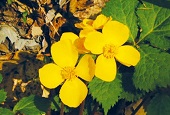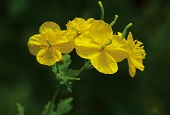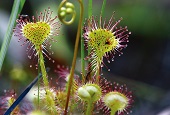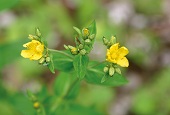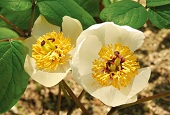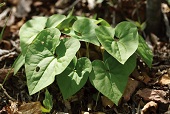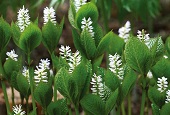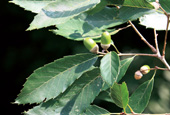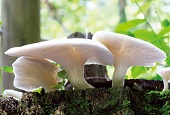-
 Korea.net's 24-hour YouTube channel
Korea.net's 24-hour YouTube channel- NEWS FOCUS
- ABOUT KOREA
- EVENTS
- RESOURCES
- GOVERNMENT
- ABOUT US
View this article in another language
- 한국어
- English
- 日本語
- 中文
- العربية
- Español
- Français
- Deutsch
- Pусский
- Tiếng Việt
- Indonesian
Flora & Fauna of Korea #44
Korea.net publishes a series of articles, “Nature You Meet in the Mountains,” about the peninsula’s mushrooms, insects, trees and herbs & flowers.
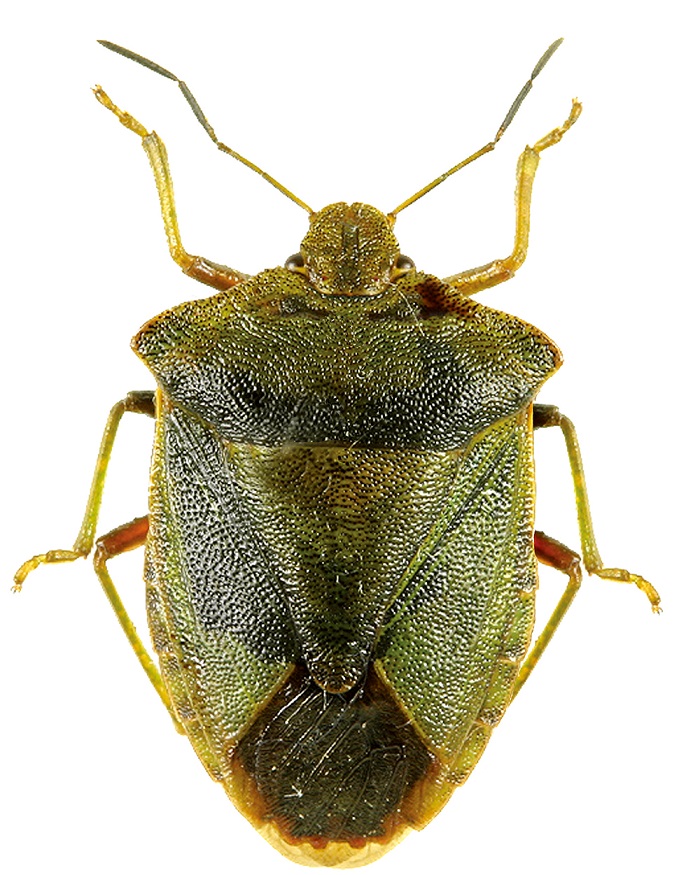
Insects
Name: 북방풀노린재, North Plant Stinkbug
Scientific name: Palomena angulosa (Motschulsky)
Distribution: Korea, China, Japan and Russia
This stinkbug is about 12 to 16 millimeters long. The back of the body is a glossy bold green. Some adults have a strong brown color on the back. The back of the anterior thorax is wider and larger than the rest of the lower body. The postnotum parts on the lower body are light brown. The legs are green, though it sometimes shows a brown color, too.
Ecology: Adults appear between May and September. Most of them are found in the mountains, around weeds and shrubs.
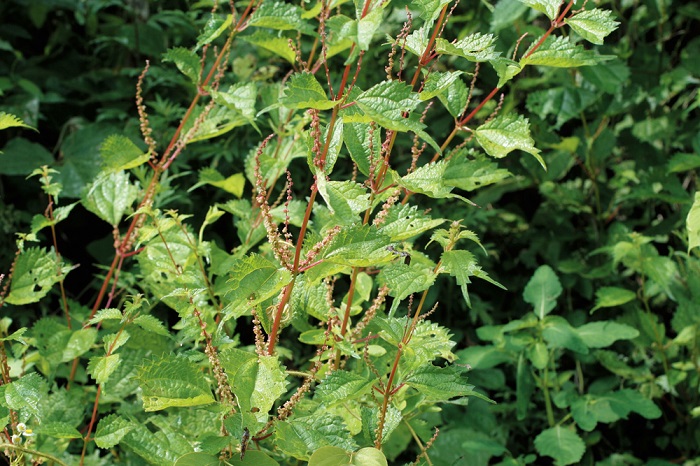
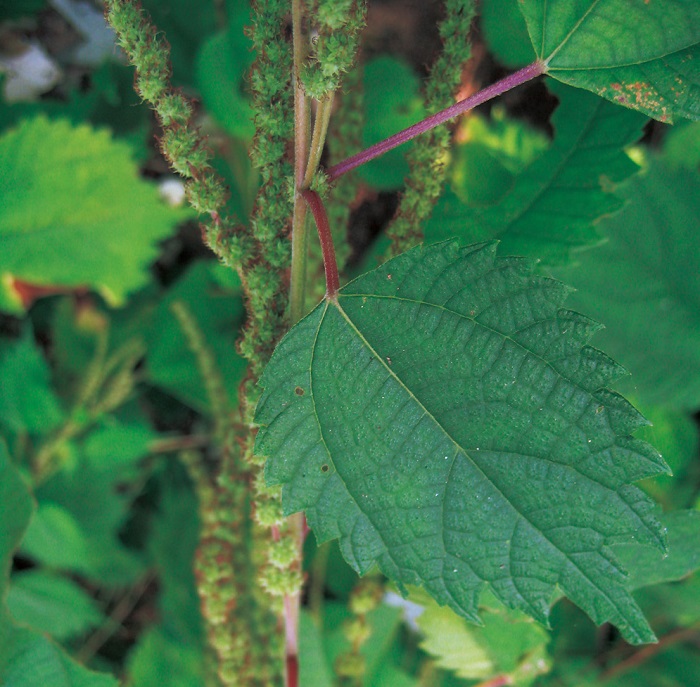
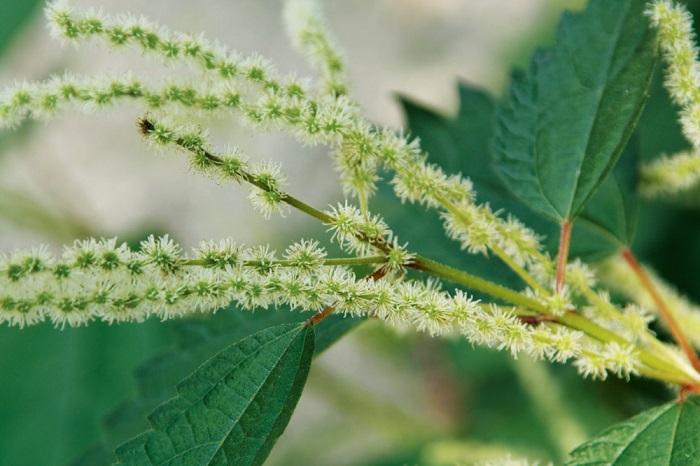
Trees
Name: 좀깨잎나무, 새끼거북고리, Baby Turtle Tail Tree
Scientific name: Boehmeria spicata (Thunb.) Thunb.
Type: deciduous broadleaf semi-shrub
Blooming season: July to August
Bearing season: September to October
Distribution: South Pyeongan Province in North Korea, Gangwon Province
This mountainous shrub stands between 50 and 100 centimeters tall. The bark has a red hue. The leaves are opposite, rectangular oval and acute, with tail-like narrow tips. There are large sawtooth marks along the edges and small hairs grow from the upper and underside of the leaves. Hairs are also found along the vein. It's a monoecious tree that gives bloom to male flowers from an axila and to female flowers from the upper part of the branch. It bears obovate fruits.
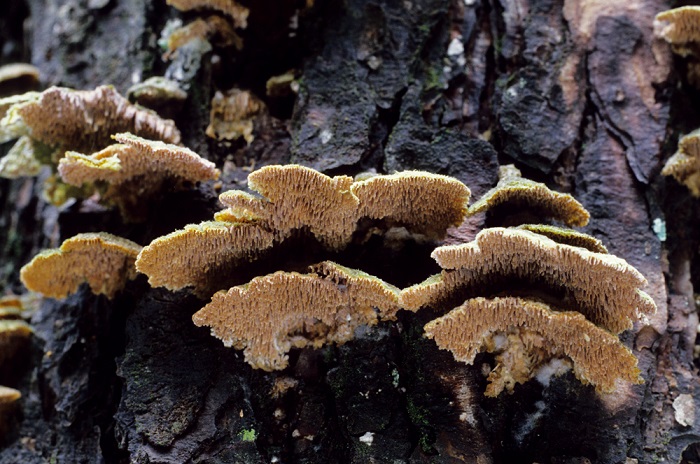
Mushrooms
Name: 옷솔버섯, Otsol beoseot
Scientific name: Trichaptum abietinum (Dicks.) Ryvarden
Type: saprophile spore
Print: white
Inedible
This mushroom grows in clusters from old, dead or fallen conifers. It causes a white rot on the wood. It is about one or two centimeters across, one or two millimeters thick, semi-circular and zonate. The surface is white to grayish white, hairy, thin, glutinous and has a hooped pattern. It's purple, but slowly fades to light purple as it ages. The hymenium is short, tooth-like and is between pale pink and light purple. It has two to three pores per millimeter, both circular and angular.
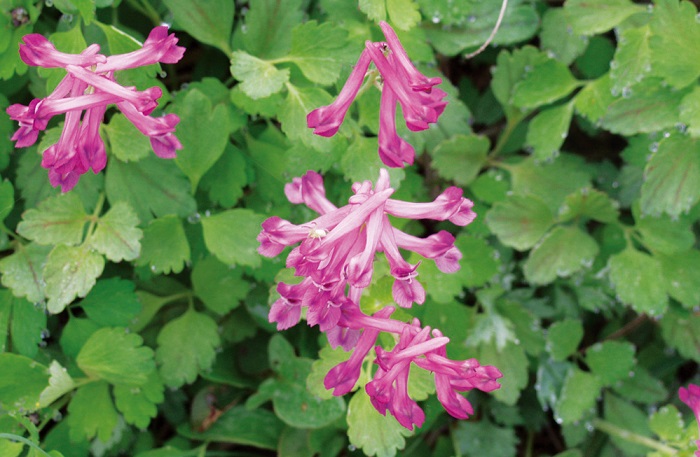
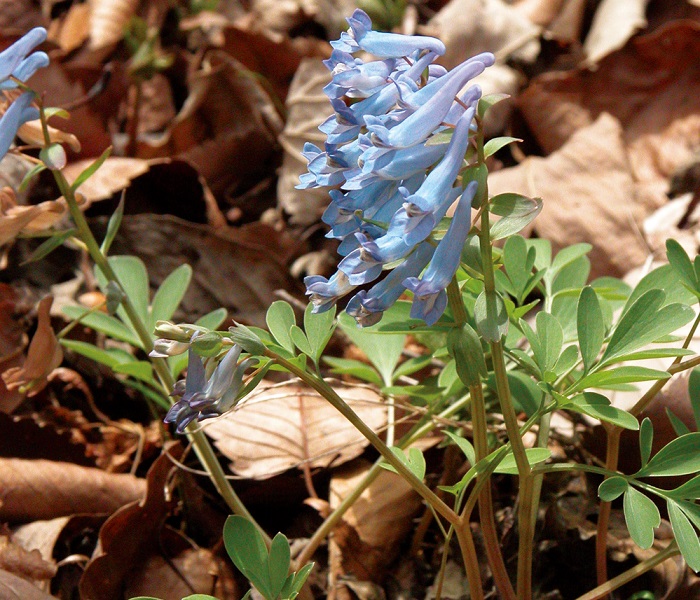
Herbs & Flowers
Name: 현호색, Hyunhosaek
Scientific name: Corydalis remota Fisch. ex Maxim.
Blooming season: April
Distribution: mountains nationwide
This perennial stands between 10 and 20 centimeters tall and is found in mountains and forests. The leaves alternate, are trifoliolate and obovate. The upper part of the leaves are separated. The flowers are light blue, pink and purple, in the shape of a set of lips. Each flower has four petals. It bears long oval capsule fruit.
*This series of article about Korea’s insects, trees, mushrooms and herbs & flowers has been made possible through the cooperation of the Korea National Arboretum.
Korea.net publishes a series of articles, “Nature You Meet in the Mountains,” about the peninsula’s mushrooms, insects, trees and herbs & flowers.

Insects
Name: 북방풀노린재, North Plant Stinkbug
Scientific name: Palomena angulosa (Motschulsky)
Distribution: Korea, China, Japan and Russia
This stinkbug is about 12 to 16 millimeters long. The back of the body is a glossy bold green. Some adults have a strong brown color on the back. The back of the anterior thorax is wider and larger than the rest of the lower body. The postnotum parts on the lower body are light brown. The legs are green, though it sometimes shows a brown color, too.
Ecology: Adults appear between May and September. Most of them are found in the mountains, around weeds and shrubs.



Trees
Name: 좀깨잎나무, 새끼거북고리, Baby Turtle Tail Tree
Scientific name: Boehmeria spicata (Thunb.) Thunb.
Type: deciduous broadleaf semi-shrub
Blooming season: July to August
Bearing season: September to October
Distribution: South Pyeongan Province in North Korea, Gangwon Province
This mountainous shrub stands between 50 and 100 centimeters tall. The bark has a red hue. The leaves are opposite, rectangular oval and acute, with tail-like narrow tips. There are large sawtooth marks along the edges and small hairs grow from the upper and underside of the leaves. Hairs are also found along the vein. It's a monoecious tree that gives bloom to male flowers from an axila and to female flowers from the upper part of the branch. It bears obovate fruits.

Mushrooms
Name: 옷솔버섯, Otsol beoseot
Scientific name: Trichaptum abietinum (Dicks.) Ryvarden
Type: saprophile spore
Print: white
Inedible
This mushroom grows in clusters from old, dead or fallen conifers. It causes a white rot on the wood. It is about one or two centimeters across, one or two millimeters thick, semi-circular and zonate. The surface is white to grayish white, hairy, thin, glutinous and has a hooped pattern. It's purple, but slowly fades to light purple as it ages. The hymenium is short, tooth-like and is between pale pink and light purple. It has two to three pores per millimeter, both circular and angular.


Herbs & Flowers
Name: 현호색, Hyunhosaek
Scientific name: Corydalis remota Fisch. ex Maxim.
Blooming season: April
Distribution: mountains nationwide
This perennial stands between 10 and 20 centimeters tall and is found in mountains and forests. The leaves alternate, are trifoliolate and obovate. The upper part of the leaves are separated. The flowers are light blue, pink and purple, in the shape of a set of lips. Each flower has four petals. It bears long oval capsule fruit.
*This series of article about Korea’s insects, trees, mushrooms and herbs & flowers has been made possible through the cooperation of the Korea National Arboretum.
Related Contents
Most popular
- China warmly welcomes first Korea-born giant panda Fu Bao
- First hearing-impaired K-pop act hopes for 'barrier-free world'
- Novelist Hwang's 'Mater 2-10' shortlisted for Int'l Booker Prize
- Expats could account for 7% of population in 20 years: report
- Nat'l Fire Agency picks 137 elite staff for deployment abroad









